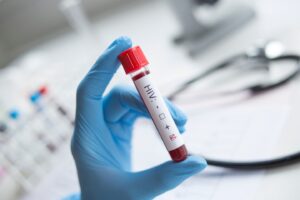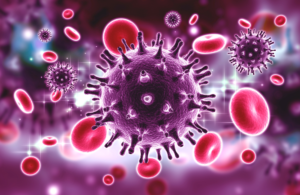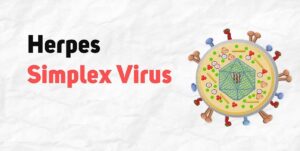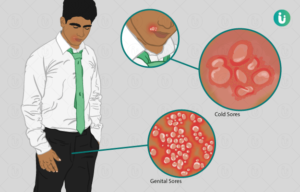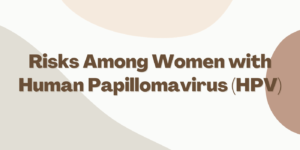Understanding Hypoactive Sexual Desire Disorder (HSDD): Causes, Symptoms, and Treatments

Hypoactive Sexual Desire Disorder (HSDD) is a condition characterized by a persistent or recurrent lack of interest in sexual activity, causing significant distress or interpersonal difficulties. It is one of the most common sexual disorders affecting women but can also occur in men. This article delves into the causes, symptoms, diagnosis, and treatment options for HSDD.
What is Hypoactive Sexual Desire Disorder (HSDD)?
HSDD is defined by an absence or deficiency of sexual fantasies and desire for sexual activity. This condition is considered a disorder when it causes marked distress or difficulties in interpersonal relationships. It is essential to distinguish between HSDD and a naturally low level of sexual interest, which varies among individuals and may not necessarily cause distress.
Causes of HSDD
The causes of HSDD are multifactorial and can be categorized into biological, psychological, and sociocultural factors.
- Biological Causes:
- Hormonal Imbalances: Low levels of estrogen or testosterone can reduce sexual desire. Hormonal changes during menopause, pregnancy, or breastfeeding can also contribute to HSDD.
- Medical Conditions: Chronic illnesses such as diabetes, thyroid disorders, and cardiovascular diseases can affect sexual desire.
- Medications: Certain medications, including antidepressants, antihypertensives, and contraceptives, can reduce libido.
- Neurological Conditions: Disorders affecting the nervous system can impact sexual function.
- Psychological Causes:
- Mental Health Issues: Conditions such as depression, anxiety, and stress can significantly affect sexual desire.
- Sexual Trauma: Past experiences of sexual abuse or trauma can lead to aversion or lack of interest in sexual activity.
- Body Image Issues: Negative perceptions about one’s body can reduce sexual confidence and desire.
- Sociocultural Causes:
- Relationship Problems: Lack of emotional intimacy, unresolved conflicts, and poor communication with a partner can diminish sexual desire.
- Cultural and Religious Beliefs: Societal norms and personal beliefs about sex can influence sexual desire.
- Life Stressors: Daily stressors such as work pressure, financial concerns, and family responsibilities can impact libido.
Symptoms of HSDD
The primary symptom of HSDD is a persistent or recurrent lack of sexual interest, which causes personal distress or interpersonal difficulties. Other symptoms may include:
- Absence of sexual fantasies and thoughts
- Reduced or absent initiation of sexual activity
- Lack of pleasure during sexual activity
- Emotional distress related to low sexual desire
- Difficulty maintaining sexual relationships
Diagnosing HSDD
Diagnosing HSDD involves a comprehensive evaluation to rule out other possible causes of low sexual desire. Key steps in the diagnostic process include:
- Medical History: Reviewing personal and family medical history, current medications, and overall health.
- Physical Examination: Conducting a physical exam to identify any underlying medical conditions.
- Laboratory Tests: Blood tests to check hormone levels and other relevant markers.
- Psychological Assessment: Evaluating mental health, past trauma, and relationship issues.
- Sexual History: Discussing sexual history, including frequency of sexual thoughts, fantasies, and activities.
Treatment Options for HSDD
The treatment of HSDD is tailored to the underlying cause and may involve a combination of medical, psychological, and lifestyle interventions.
- Medical Treatments:
- Hormone Therapy: Estrogen or testosterone therapy for hormonal imbalances.
- Medications: Drugs such as flibanserin (Addyi) and bremelanotide (Vyleesi) are specifically approved for the treatment of HSDD in premenopausal women.
- Adjusting Medications: Changing or adjusting medications that may be contributing to low sexual desire.
- Psychological Therapies:
- Cognitive Behavioral Therapy (CBT): To address negative thought patterns and improve sexual confidence.
- Sex Therapy: Counseling focused on sexual function and improving sexual communication and intimacy.
- Couples Therapy: Therapy to address relationship issues and improve emotional intimacy.
- Lifestyle Modifications:
- Stress Management: Techniques such as yoga, meditation, and exercise to reduce stress and improve overall well-being.
- Healthy Relationships: Building open communication and emotional intimacy with partners.
- Alternative Treatments:
- Acupuncture: Some women find relief from sexual dysfunction through acupuncture.
- Herbal Supplements: Certain supplements like ginseng and maca root may help improve sexual function.
Conclusion
Hypoactive Sexual Desire Disorder is a complex condition with multiple potential causes. It is essential for individuals experiencing symptoms of HSDD to seek professional help to identify the underlying cause and receive appropriate treatment. With the right approach, many individuals can manage or overcome HSDD, improving their quality of life and relationships.
Understanding the multifaceted nature of HSDD and the available treatment options can empower individuals to take proactive steps toward achieving a satisfying and healthy sexual life. Communication with healthcare providers and partners is essential in effectively managing this condition.


